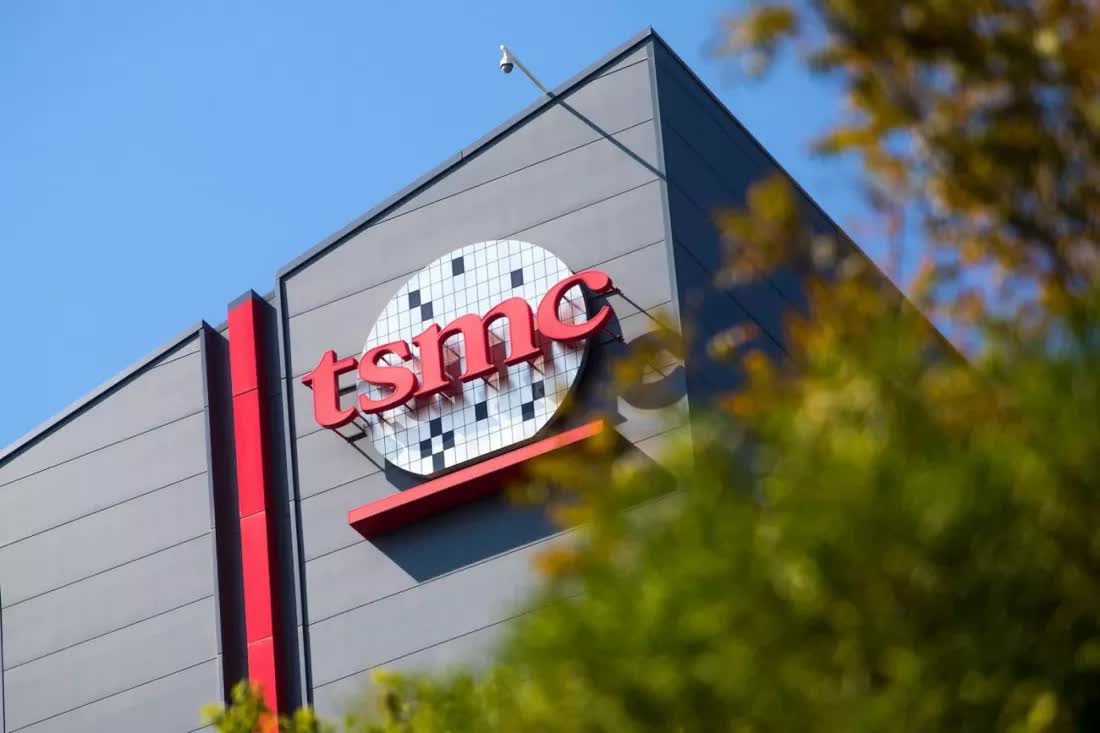In brief: Bleeding-edge process nodes, which currently include 5nm and 3nm, tend to get all the hype because they power the latest and most powerful products. However, manufacturers continue to use older, less dense nodes for other important chips. Taiwan-based TSMC wants its clients in those sectors to move to 28nm nodes.
TSMC recently indicated it won't grow manufacturing capacity for process nodes older than 28nm. The company will have to convince its clients that are still basing products on 40nm or 65nm to transition to the more expensive 28nm, which will be its primary mature node going forward.

Processors in the latest PCs, game consoles, and smartphones utilize the newest, densest, and costliest nodes like 8nm and 7nm. Upcoming devices like AMD's RDNA 3 GPUs will use 5nm, and TSMC is working on 3nm and 2nm for future products.
However, the chips in relatively low-power devices like screens, car computer systems, modems, microcontrollers, or management ICs employ cheap, reliable processes like 28nm, 40nm, and 65nm. Mature nodes form a significant proportion of revenue for semiconductor companies like TSMC.
The Taiwanese company is expanding capacity for 22nm and 28nm nodes, but senior vice president of business development Kevin Zhang said it isn't doing so for 40nm and older. Moving products to newer nodes increases power and efficiency, but why use something more expensive when older nodes are good enough for particular clients' needs? Zhang said TSMC would work with other companies to encourage the shift but didn't specify how.
